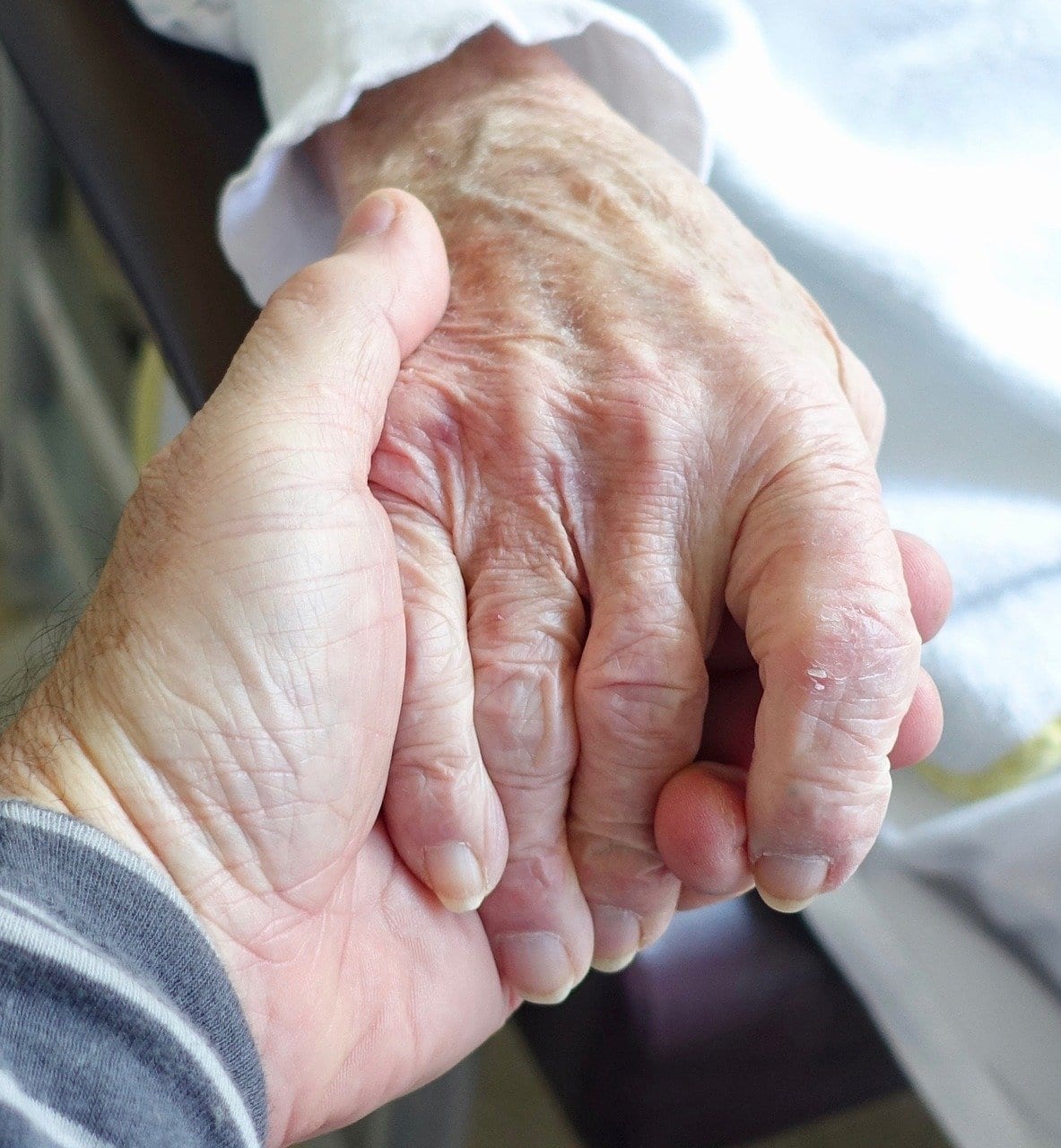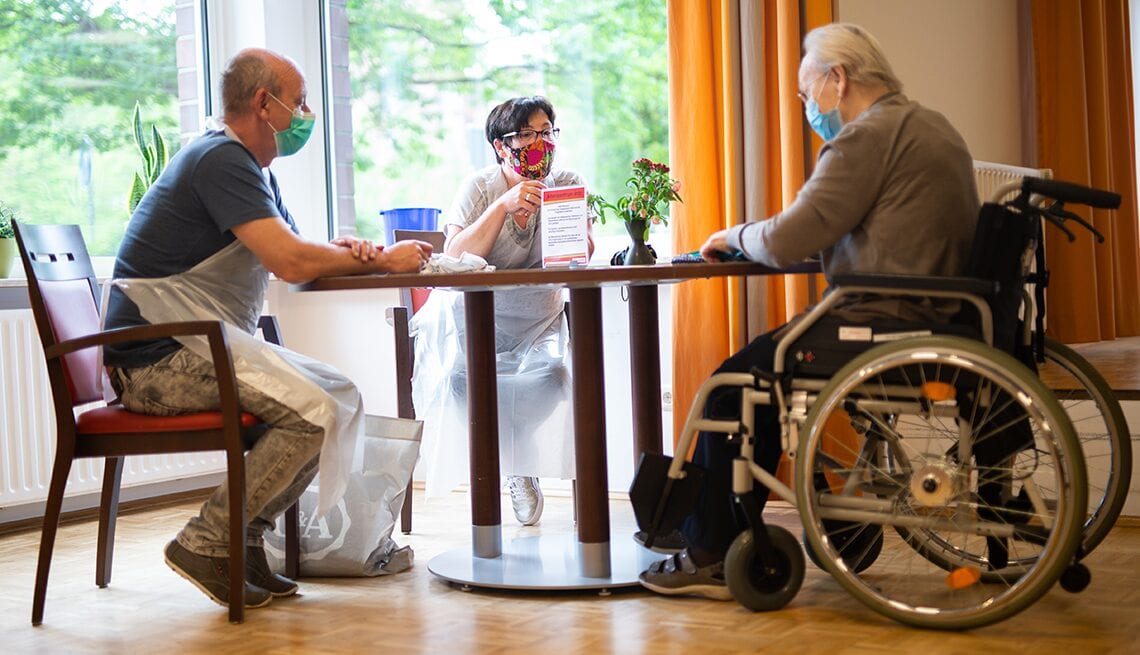by Abbey Marra
As the United States continues to grapple with the coronavirus, with little hope for an early vaccine, America’s nursing homes continue to fight another silent adversary: Social Isolation. With winter quickly approaching, our elderly community members potentially face even more social isolation than they’ve experienced in the past seven months.
 A recent New York Times article discussed the struggles of families fighting to stay connected to their loved ones in nursing homes. Following an initial total shutdown in March, some care facilities began to allow outdoor visits, which often came with strict parameters, such as communicating with a resident through a fence or barrier.
A recent New York Times article discussed the struggles of families fighting to stay connected to their loved ones in nursing homes. Following an initial total shutdown in March, some care facilities began to allow outdoor visits, which often came with strict parameters, such as communicating with a resident through a fence or barrier.
While there has yet to be definitive data regarding the mental health effects of lockdowns, experts and those with family members in long-term care agree that lockdowns across the country have fueled a mental health crisis in our nursing homes. Residents and staff in care facilities account for 4 in 10 COVID deaths.
Dr. Jason Karlawish, a geriatrician at the University of Pennsylvania noted, “It’s not just COVID that’s killing residents in long-term care…it’s the isolation, the loneliness.” Multiple studies have shown that older adults facing isolation regularly have higher rates of dementia, heart disease, and stroke. The coronavirus has also exposed a secret that those familiar with long-term care already knew: American care facilities often remain grossly understaffed. Karlawish continued, “the family were covert caregivers,” providing not only meaningful connection with their loved one, but hands-on help for the staffers and health monitoring.
The debate rages on as to how and when long-term care residents can safely receive visitors. Some facilities that have successfully avoided a COVID surge have resumed communal activities and in-person visits, practicing strict social distancing and use of proper PPE. But many facilities still face a shortage of proper PPE, and often fear the potential for litigation.
 Some nursing homes resume in-person visits, via AARP.org
Some nursing homes resume in-person visits, via AARP.org
The onset of winter will certainly present more challenges for residents in long-term care. But in the midst of all of this darkness, one bright spot has emerged. Throughout the pandemic, there has been a surge of creativity among long-term care operators and volunteers. Technology including Zoom and FaceTime video conferencing have proven to be invaluable over the past several months, but other creative ways of connecting have also emerged, including virtual art classes, drive-thru visits, and phone-based outreach programs.
And for those for whom technology is not a viable option, there are hands-on creative opportunities like FAM’s ART2GO Packages. At the Bradford Ecumenical Home in Bradford, PA, residents participated in an initiative imparting wisdom to high schoolers who were no longer able to attend in-person classes. Written on individual postcards, the insights were collected and shared with the local students. Their words offer a ray of hope for all of us during a seemingly hopeless period in our history:
“Sometimes you wake up and think, ‘I have to make it through this day.’ But you just make it. Try not to get discouraged. Think of all the blessings. I’m 94 years old. I don’t feel old. I just focus on what comes next. I enjoy quality time, playing Pictionary, having fun with my granddaughters. I enjoy little moments. My advice is, set goals. Work at it. Learn to be comfortable with what’s not easy. Keep faith. That’s really important. Don’t worry. Things will get better.” – Gloria, 94
Sources:
Nursing Home Families Yearn to Visit Loved Ones Again https://www.nytimes.com/2020/08/14/health/coronavirus-elder-care.html
Is Isolation Killing Older Adults in Long-Term Care? https://www.aarp.org/caregiving/health/info-2020/covid-isolation-killing-nursing-home-residents.html
Helping Residents Stay Connected During the Pandemic https://leadingage.org/helping-residents-stay-connected-during-pandemic

